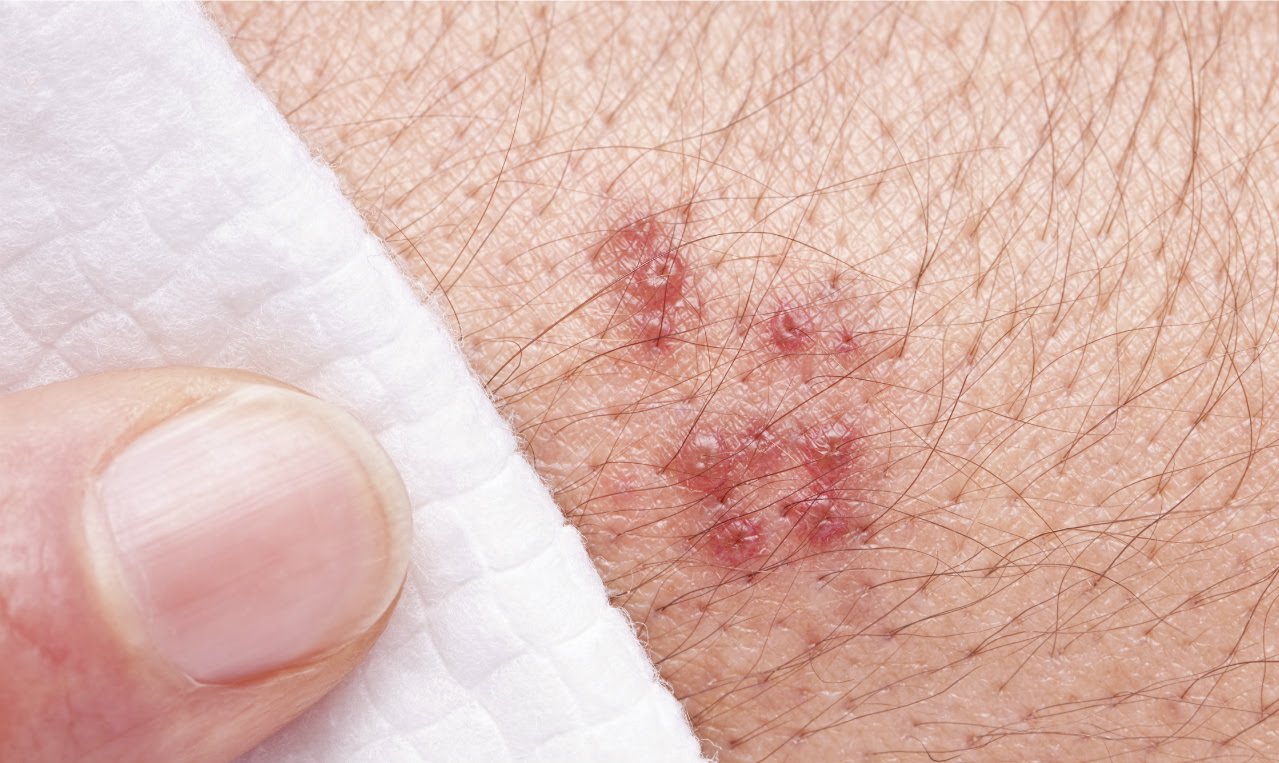If you are a Baby Boomer, you’ve surely heard of shingles— a painful rash that often presents with blisters, fatigue, muscle weakness, and fever. According to the Center for Disease Control (CDC), one in every three Americans will get shingles during their lifetime.
Shingles is caused by a virus — the varicella-zoster virus — which also causes chickenpox. If you had chickenpox as a child, the virus remains dormant in your body for decades until it reactivates, resulting in shingles. While chickenpox commonly afflicts children under 12, shingles commonly afflicts adults, over 60.
Anyone who has had chickenpox can get shingles. If you were lucky enough to avoid chickenpox as a child, you can still get chickenpox by coming in contact with someone who has the live virus. A person suffering with shingles can spread the varicella-zoster virus to others who have never had chickenpox. This is because someone who has never experienced the virus has no antibodies present and therefore no defense against the infection.
Since the risk of getting shingles increases as you get older, complications from the disease can be quite severe. They include chronic pain and/or nerve damage. If for example, you develop a rash near your eye, your eyesight may become damaged or you may even lose sight in that eye. Still, the CDC has found that only about 33.4 percent of adults 60 years and older reported receiving the shingles vaccine in 2016. The reasons vary according to cost, efficacy and even possibly fear of vaccines.
Luckily, there’s a new vaccine that promises to be more effective in protecting Baby Boomers from shingles. Last fall, the Food and Drug Administration (FDA) approved the new vaccine, Shingrix—which was developed largely because the current vaccine, Zostavax just wasn’t as adequately effective. After one year, it loses its potency by about 15 to 25 percent and after nine years, it’s considered no longer protective. However, studies on Shingrix have shown that its efficacy remains at about 85 percent, four years after vaccination. The only real downside is that it requires two shots versus one (the second taken six months after the first).
While Shingrix is a positive step in preventing shingles, there are a few factors that may stop people from getting vaccinated including fear of vaccines, and the vaccines’ price tag. Zostavax costs $213, and Shingrix costs about $280 out of pocket. It really depends on the insurer and the insurance plan.
Dr. Legato advises that if your immune system is compromised due to cancer or HIV, don’t take the vaccine. If you’ve already had the old shingles vaccine, you can take the new one at any time. Most importantly, don’t let fear of the vaccine or cost become your barrier to staying healthy and safe. Contact your doctor about getting vaccinated, the alternatives are far too painful and may well be long-lasting.
Strategic Communications Professional/Content Strategist/Marketing Communications Consultant





